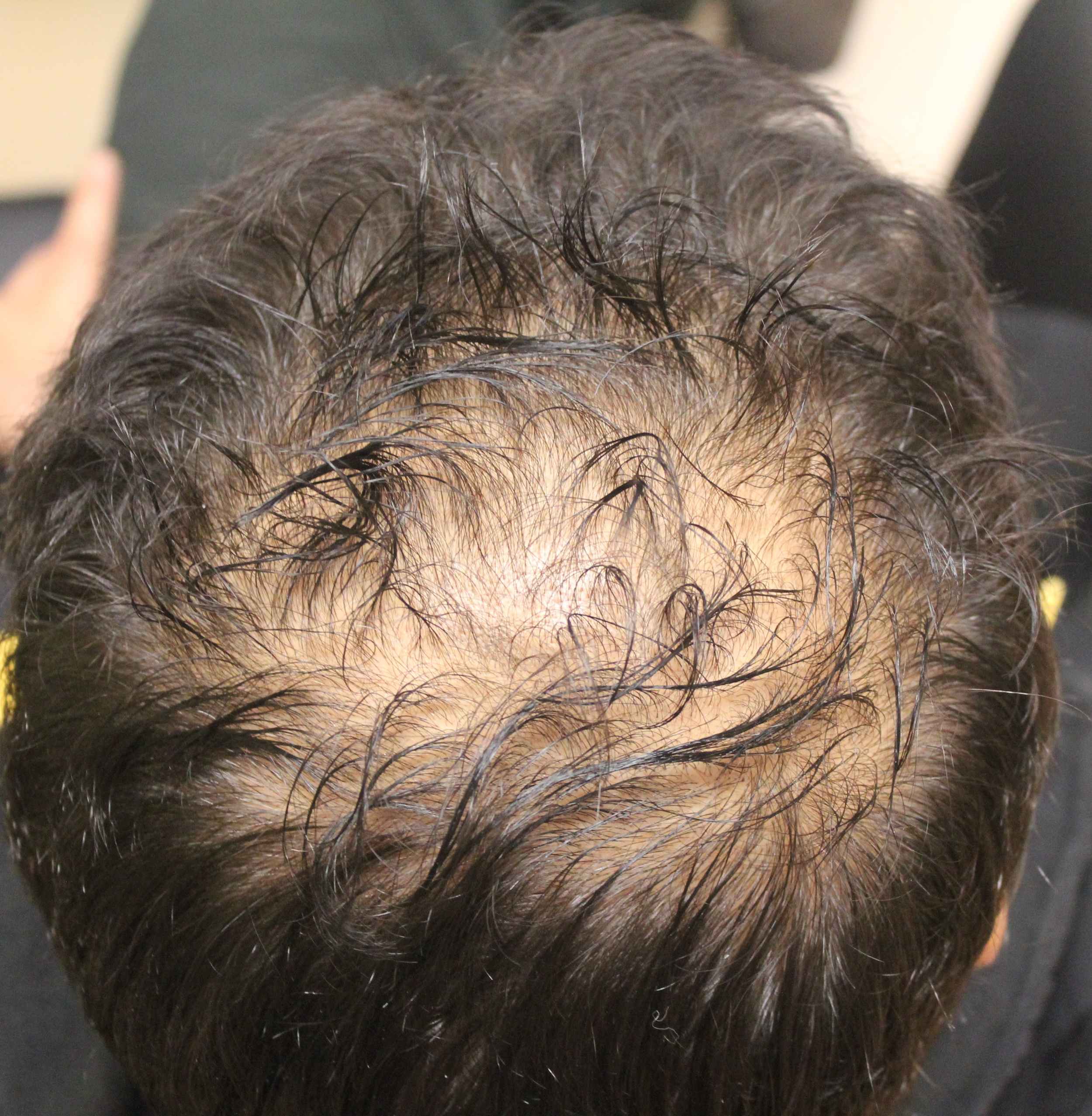Is there an increased risk of prostate cancer in balding men?
The risk of prostate cancer in balding men
About 50 percent of men will be affected by male pattern balding throughout their lifetime. The medical term for male balding is "androgenetic alopecia."
Which men will developing balding and which will not? Well there are still some things we need to learn about balding. But in general, male balding is influenced by genetics, hormones and occurs with advancing age. Prostate cancer is one of the most common cancer in men. It too is influenced by genetics, hormones and occurs with advancing age.
Is their any link between the male balding and prostate cancer?
Well, researchers at the Cleveland Clinic in Cleveland, Ohio recently set out to look at this question. They looked at all the high quality studies published so far which have examined the risk of prostate cancer in balding men.
In total, the researchers looked at the development of prostate cancer in 8994 patients - 4078 with prostate cancer and 4916 healthy men.
What did the researchers find?
When all of the studies were pooled together an interesting finding was confirmed - and that is that men with hair loss in the top of the scalp or “vertex” have a small but significant increased risk of prostate cancer. It's important to note that the increased risk was quite small - but nevertheless the data pointed to an increased risk. The authors indicated that further studies in the future are needed to confirm these interesting findings.
SOURCE: Amoretti A, Laydner H and Bergfeld W. Androgenetic alopecia and risk of prostate cancer: A systematic review and meta-analysis. J Am Acad Dermatol 10.1016/j.jaad2012.11.034)
This blog has been filed into the following folders:
This article was written by Dr. Jeff Donovan, a Canadian and US board certified dermatologist specializing exclusively in hair loss.




